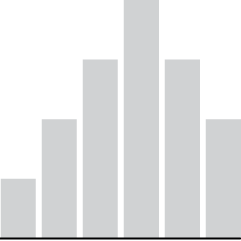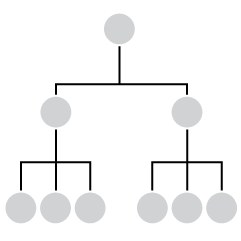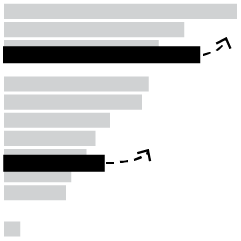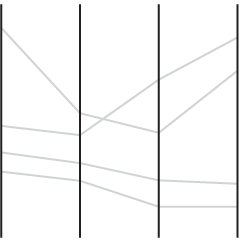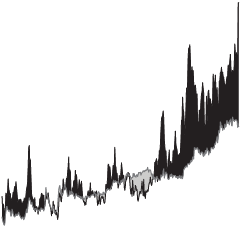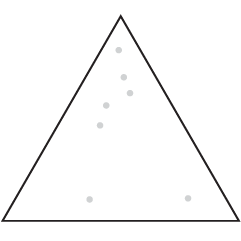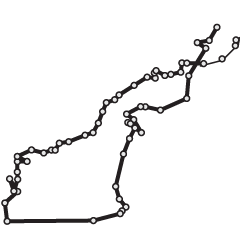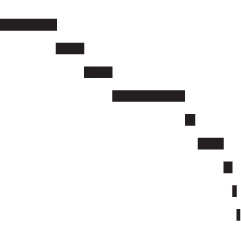In distributed denial-of-service attack a bunch of machines make a bunch of requests to a server to make it buckle under the pressure. There was recently an attack on VideoLAN’s download infrastructure. Here’s what it looked like.
-
-
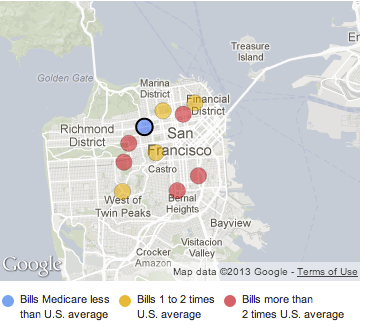 The Centers for Medicare and Medicaid Services released billing data for more than 3,000 U.S. hospitals, showing high variance in cost of health scare across the country and even between nearby hospitals.
The Centers for Medicare and Medicaid Services released billing data for more than 3,000 U.S. hospitals, showing high variance in cost of health scare across the country and even between nearby hospitals.As part of the Obama administration’s work to make our health care system more affordable and accountable, data are being released that show significant variation across the country and within communities in what hospitals charge for common inpatient services.
The data provided here include hospital-specific charges for the more than 3,000 U.S. hospitals that receive Medicare Inpatient Prospective Payment System (IPPS) payments for the top 100 most frequently billed discharges, paid under Medicare based on a rate per discharge using the Medicare Severity Diagnosis Related Group (MS-DRG) for Fiscal Year (FY) 2011. These DRGs represent almost 7 million discharges or 60 percent of total Medicare IPPS discharges.
The data is downloadable as CSV or Excel files and is surprisingly usable and worth a look.
The New York Times has a useful per-hospital browser and The Washington Post provides quick comparisons by state.
-
NYU ITP graduate student Federico Zannier collected data about himself — online browsing, location, and keystrokes — for his thesis. As he dug into personal data more and looked closer at company privacy policies, he wondered what it might be like if individuals profited from their own data. That is, companies make money using the data we passively generate while we browse and use applications and visit sites. What if individuals owned that data and were able to sell it?
Enter Zannier’s Kickstarter campaign to sell his own data for $2 per day of activity.
I started looking at the terms of service for the websites I often use. In their privacy policies, I have found sentences like this: “You grant a worldwide, non-exclusive, royalty-free license to use, copy, reproduce, process, adapt, modify, publish, transmit, display and distribute such content in any and all media or distribution methods (now known or later developed).” I’ve basically agreed to give away a lifelong, international, sub-licensable right to use my personal data.
Somebody told me that we live in the data age, that the silicon age is already over. “In this new economy,” they said, “data is the oil.”
Well, this is me trying to do something about it.
Clearly this is more of a statement and conversation starter, but what if?
There’s about a week left in the campaign, and it’s well past the goal.
-
PBS Off Book’s recent episode is on “the art of data visualization.” It feels like a TED talk — kind of fluffy and warm — with several names and visualization examples that you’ll recognize. No clue who the first guy is though.
-
We’ve seen plenty of augmented reality where you put on some digitally-enabled glasses or point your camera phone on something and visuals are overlaid on reality. The augmentation is typically a layer on top.
Eidos is a student project that tries taking this in a different direction. One piece applies an effect similar to long-exposure photography, and the other sends audio to your inner ear to focus on a subject and drown out ambient noise. See the devices in action in the video below.
[via FastCo]
-
-
About 35,000 meteorites have been recorded since 2500 BC, and a little over 1,000 of them were seen while they fell, based on data from the Nomenclature Committee of the Meteoritical Society. Carlo Zapponi, a data visualization designer, visualized the latter in Bolides.
We saw a mapped version of this data a while back, but Bolides takes a time-based approach. A bar chart shows the number and volume of meteorites that have been seen over time, and on the initial load, you get to watch the meteorites fall, one bright orange fireball at a time.
-
-
In collaboration between USGS, NASA and TIME, Google released a quarter century of satellite imagery to see how the world has changed over time.
The images were collected as part of an ongoing joint mission between the USGS and NASA called Landsat. Their satellites have been observing earth from space since the 1970s—with all of the images sent back to Earth and archived on USGS tape drives that look something like this example (courtesy of the USGS).
We started working with the USGS in 2009 to make this historic archive of earth imagery available online. Using Google Earth Engine technology, we sifted through 2,068,467 images—a total of 909 terabytes of data—to find the highest-quality pixels (e.g., those without clouds), for every year since 1984 and for every spot on Earth. We then compiled these into enormous planetary images, 1.78 terapixels each, one for each year.
Be sure to check out the Timelapse feature on Time.
-
After seeing a Reddit post on the convergence of Miss Korea faces, supposedly due to high rates of plastic surgery, graduate student Jia-Bin Huang analyzed the faces of 20 contestants. Below is a short video of each face slowly transitioning to the other.
From the video and pictures it’s pretty clear that the photos look similar, but Huang took it a step further with a handful of computer vision techniques to quantify the likeness between faces. And again, the analysis shows similarity between the photos, so the gut reaction is that the contestants are nearly identical.
However, you have to assume that the pictures are accurate representations of the contestants, which doesn’t seem to pan out at all. It’s amazing what some makeup, hair, and photoshop can do.
You gotta consider your data source before you make assumptions about what that data represents.
-
Deadspin made a straightforward map that shows the highest paid public employee in each state.
Based on data drawn from media reports and state salary databases, the ranks of the highest-paid active public employees include 27 football coaches, 13 basketball coaches, one hockey coach, and 10 dorks who aren’t even in charge of a team.
-
The quality of television shows follow all kinds of patterns. Some shows stink in the beginning and slowly gain steam, whereas others are great at first and then lost momentum towards eventual cancellation. Using data from the Global Episode Opinion Survey, Andrew Clark visualized ratings over time for many popular shows in an interactive.
Read More -
-
Watch Arrested Development enough and you start to realize there are a lot of recurring jokes in various episodes and seasons. In an interactive by Beutler Ink and Red Edge, Recurring Developments shows what episodes jokes, such as the awkwardness between George Michael and Maeby, happen. And like the visualization this is based on, you can also go the other way around and look at the recurring themes in each episode.
The interaction is fairly straightforward. Jokes are on the left and a listing of episodes is on the right. Click a joke and orange lines extend to corresponding episodes. Click an episode and lines extend to corresponding jokes.
Excuse me while I go on an Arrested Development binge on Netflix.
-
On Wikipedia, there are constant edits by people around the world. You can poke your head in on the live recent edits via the IRC feed from Wikimedia. Stephen LaPorte and Mahmoud Hashemi are scraping the anonymous edits, which include IP addresses (which can be easily mapped to location), and naturally, you can see them pop up on a map.
-
In a follow-up to their map of racist tweets towards Barack Obama, the folks at Floating Sheep took a more rigorous route to get around the challenges of sentiment analysis. Over 150,000 geotagged tweets against races, sexuality, and disabled were manually classified and mapped.
All together, the students determined over 150,000 geotagged tweets with a hateful slur to be negative. Hateful tweets were aggregated to the county level and then normalized by the total number of tweets in each county. This then shows a comparison of places with disproportionately high amounts of a particular hate word relative to all tweeting activity. For example, Orange County, California has the highest absolute number of tweets mentioning many of the slurs, but because of its significant overall Twitter activity, such hateful tweets are less prominent and therefore do not appear as prominently on our map. So when viewing the map at a broad scale, it’s best not to be covered with the blue smog of hate, as even the lower end of the scale includes the presence of hateful tweeting activity.
Hard to believe this stuff is still around. It looks like I might want to stay clear of some parts of Virginia. (The aggregation at the national level seems a bit aggressive. When you zoom in on the map, the polarity between the east and west doesn’t seem so strong.)
Update: Be sure to read the FAQ before making snap judgements.
-
-
It’s hard to believe it’s been over a month since Data Points: Visualization That Means Something hit the shelves. Thanks to all of you for the tweets, emails, and pictures of the book in the wild. Every one make me smile, and I’m glad that people are finding it helpful.
In case you’re still deciding, here’s a sample chapter from the book. It’s Chapter 3 on representing data and should give you a good idea of what to expect. And of course it’s way sexier in print.
Read More


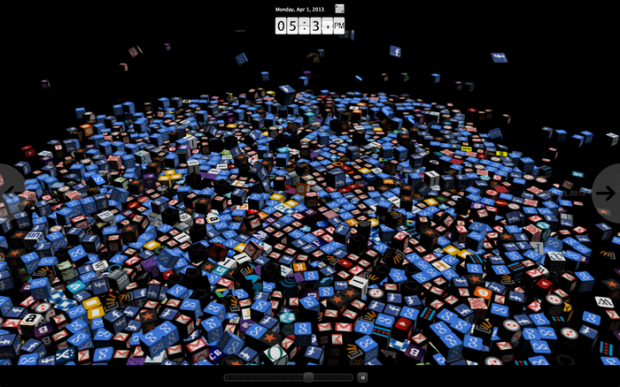
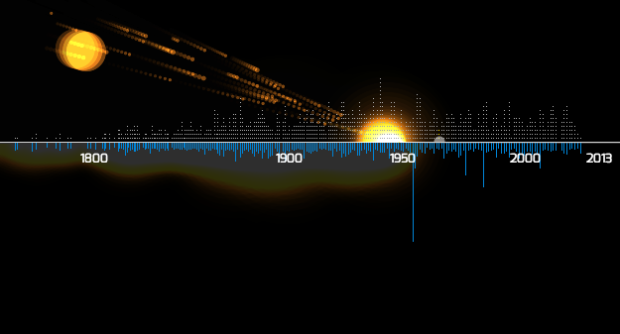
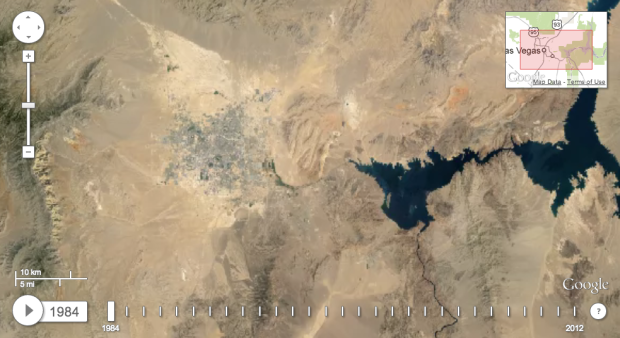
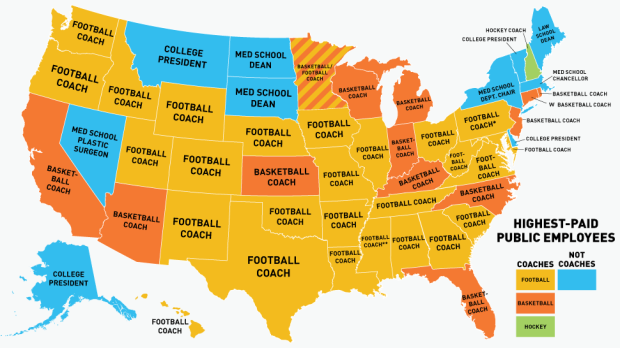
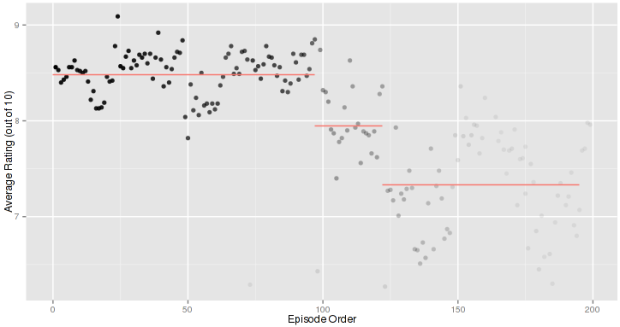
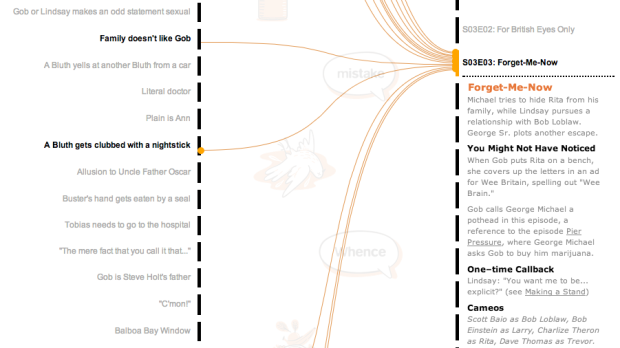
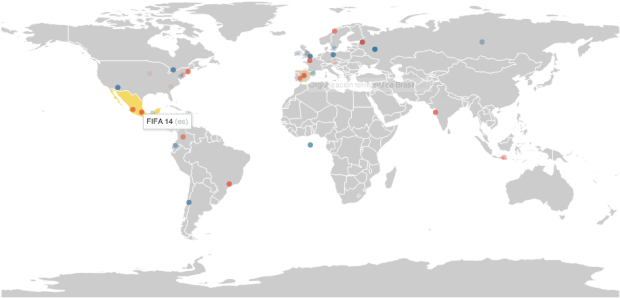

 Visualize This: The FlowingData Guide to Design, Visualization, and Statistics (2nd Edition)
Visualize This: The FlowingData Guide to Design, Visualization, and Statistics (2nd Edition)
